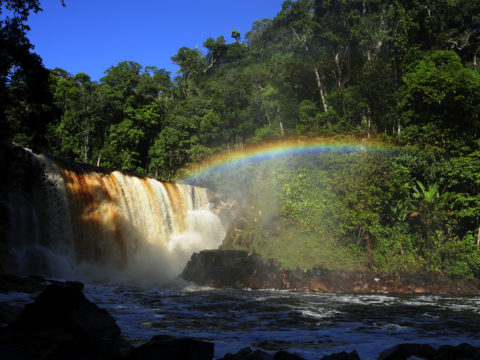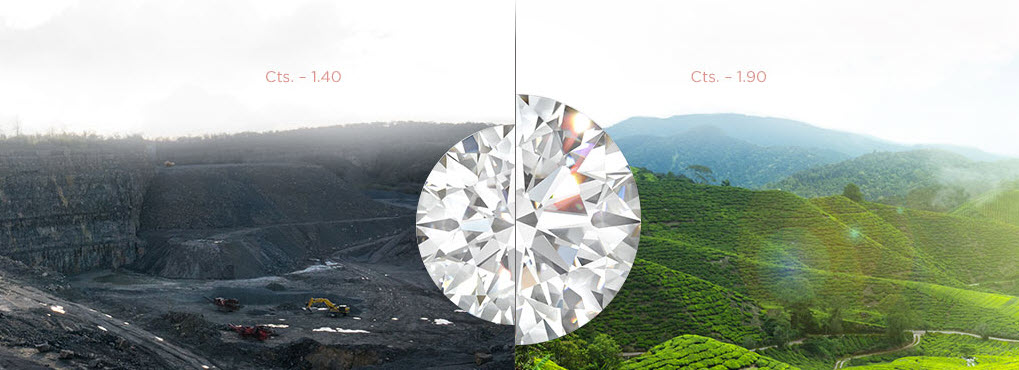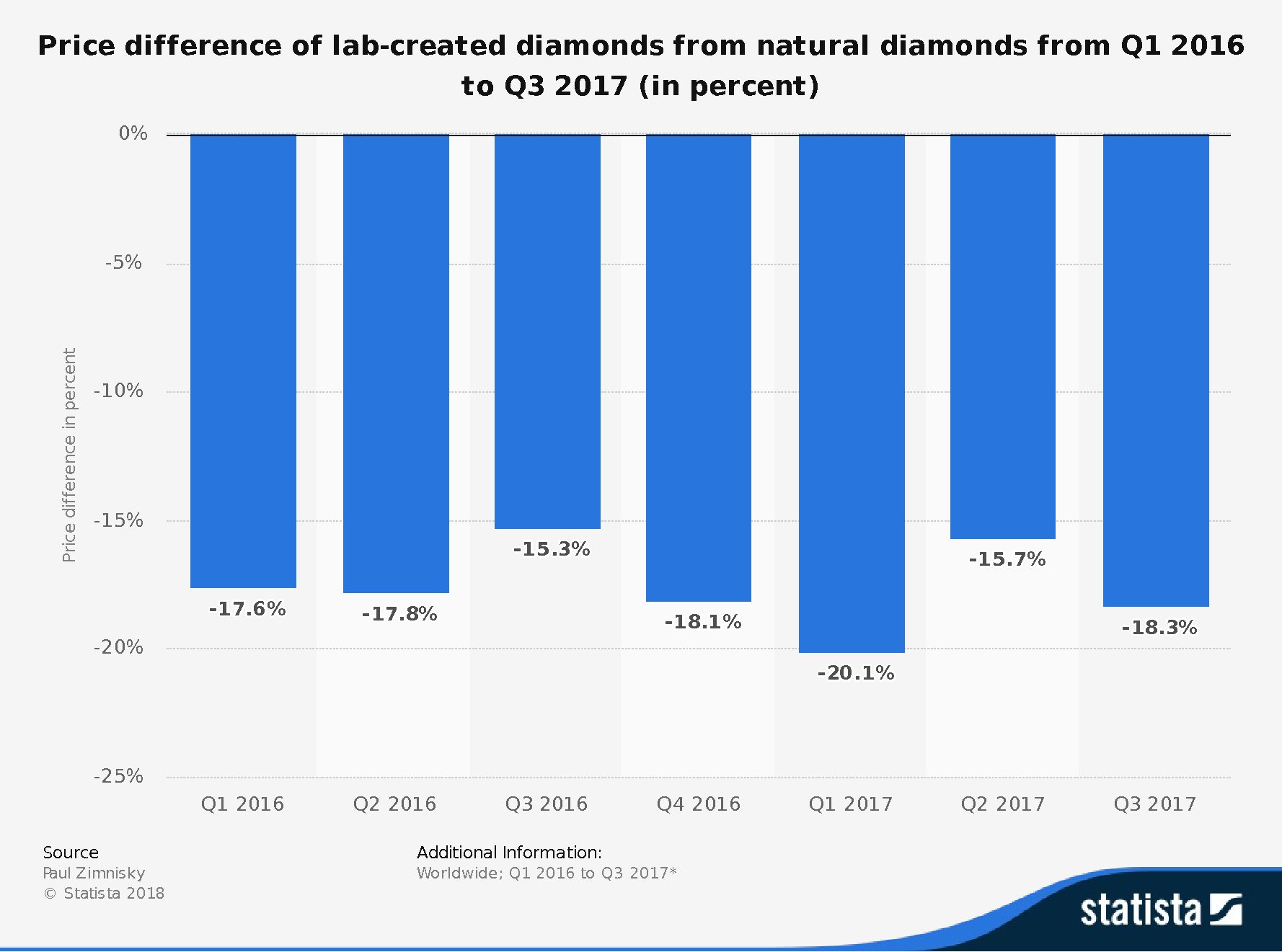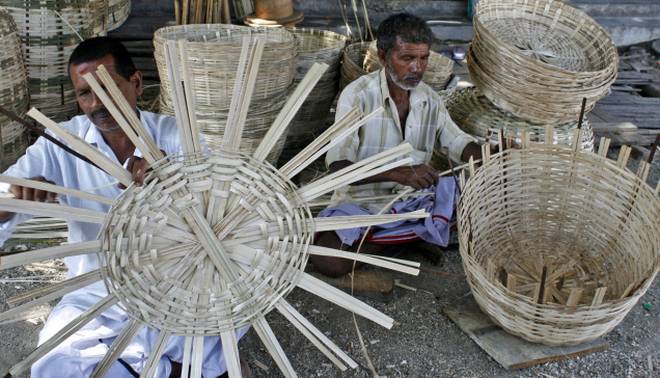Category: Sustainability
Economic Growth and Environmental Sustainability: The Colombian Case
Colombia is one of the richest countries in the world in terms of biodiversity, and it is generously endowed with forests, water, and mineral resources. It is considered one of the world’s mega-diverse countries and has abundant renewable and non-renewable resources.
Corporate Social Responsibility, a General Overview
Development
The term Corporate Social Responsibility (CSR) appeared more than 50 years ago in Howard Bowen’s publication: Social Responsibilities of the Businessmen (1953). The term has evolved for years, but there is an overall understanding among scholars that CSR is the result of the moral obligation that companies have within the society in which they operate.… Read More
Why Continue Producing Toxins? Global Asbestos Extraction and its Human Impact
Production of Asbestos is one of the most controversial natural resource extractions due to its impact on humans, as the material is widely considered as a toxin. Since the asbestos controversy from the late 1980s to the 1990s, most industrialized countries have banned asbestos.… Read More

Biomimicry: Nature’s Solution to Man’s Toughest Problems
Human activities have placed a great deal of stress on the planet. The overconsumption of resources has led to global warming, resource scarcity, environmental degradation, and even conflict. Central to alleviating these human stresses on the planet is an efficient and sustainable use of the resources that many people take for granted.
Lab-grown Diamonds: Sustainable Choice for Consumers?
Sustainability is one of the main arguments supported by synthetic diamonds manufacturers to promote their product as an alternative to mined diamond. Sustainability is perceived in terms of carbon footprints, ecology and social/human impact.… Read More
Price Difference of Lab-created Diamonds from Natural Diamonds
Synthetic diamonds are chemically, physically and optically identical to earth-mined diamonds, but they are man-made with the use of advanced technology. There are two key methods for making synthetic diamonds, High-Pressure-High Temperature (HPHT) process and Chemical Vapour Deposition (CVD).… Read More
De Beers’ move into synthetic diamonds
De Beers company, the diamond pioneer that has operated mines from the Arctic to South Africa, which has convinced the world that “a diamond is forever” and strongly believed that only mined diamonds are real and rare, is now getting into the lab-created diamond business.… Read More
About diamonds
- They arecomposed of carbon
- They burn when heated to bright red
- Their weight is measured in carat – 1 carat = 0.2 gram
- Diamonds were first discovered in India by Alexander the Great in 327 BC; then discovered in Brazil and described as “curious pebbles in 1725
The United States are the largest consumer of gem-quality diamonds in the world, but interestingly enough has no commercial mine production; the Crater of Diamonds State park in Arkansas is the only produce where the United States produces gem-quality diamonds.… Read More
Intersection of Forest Protection Act with Traditional Bamboo Weavers
As Forest Protection Laws became more stringent in India, the access of local inhabitants into forests became heavily restricted. I was in based in Dewas District of Madhya Pradesh (Central India) for a year in 2016 when I got in touch with Jhabral tribal community, a traditional bamboo weaving community.… Read More








